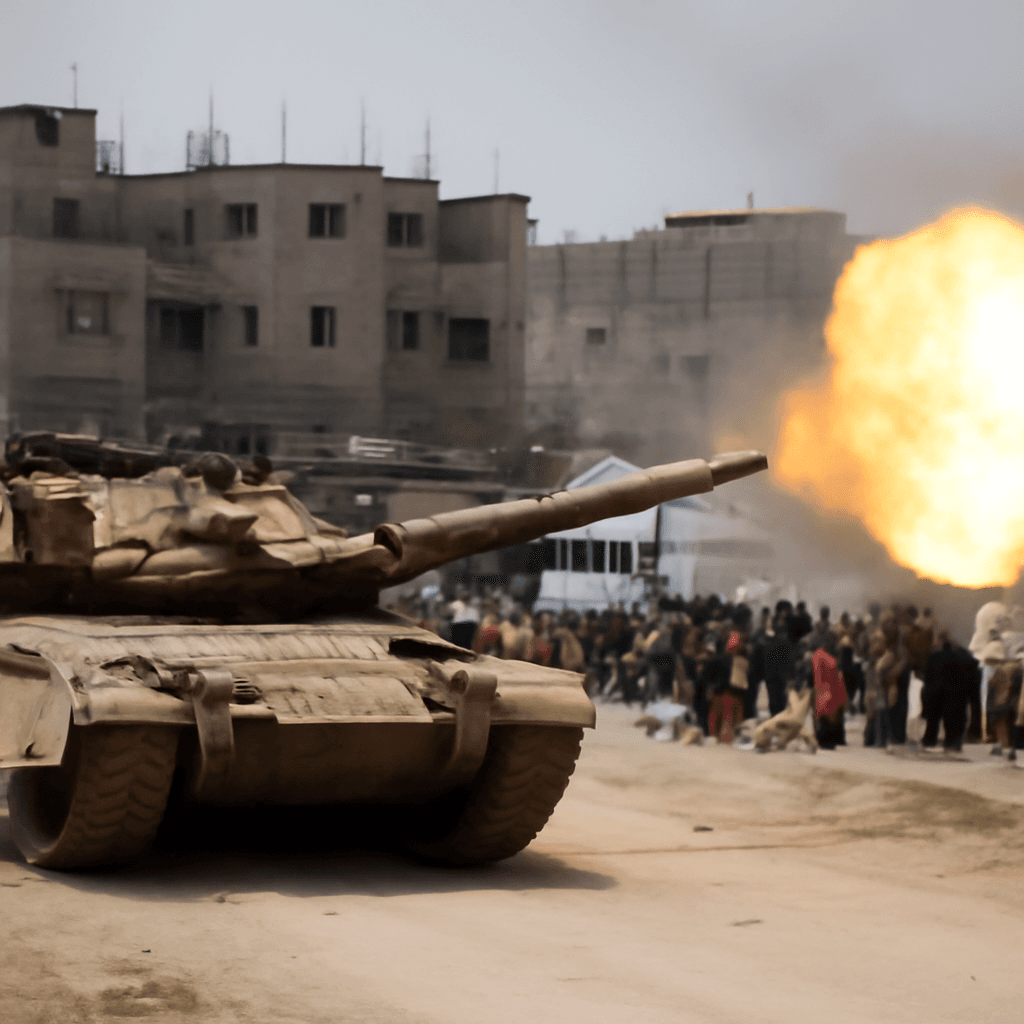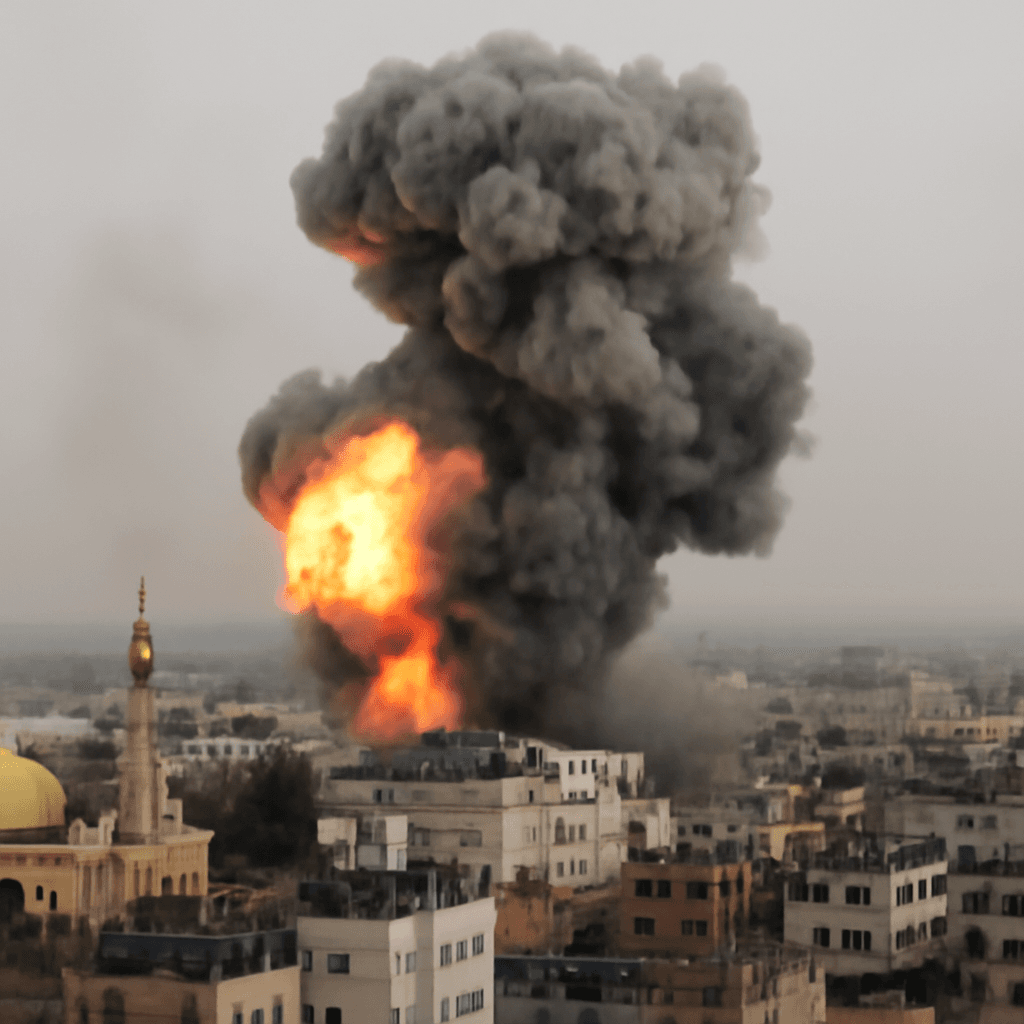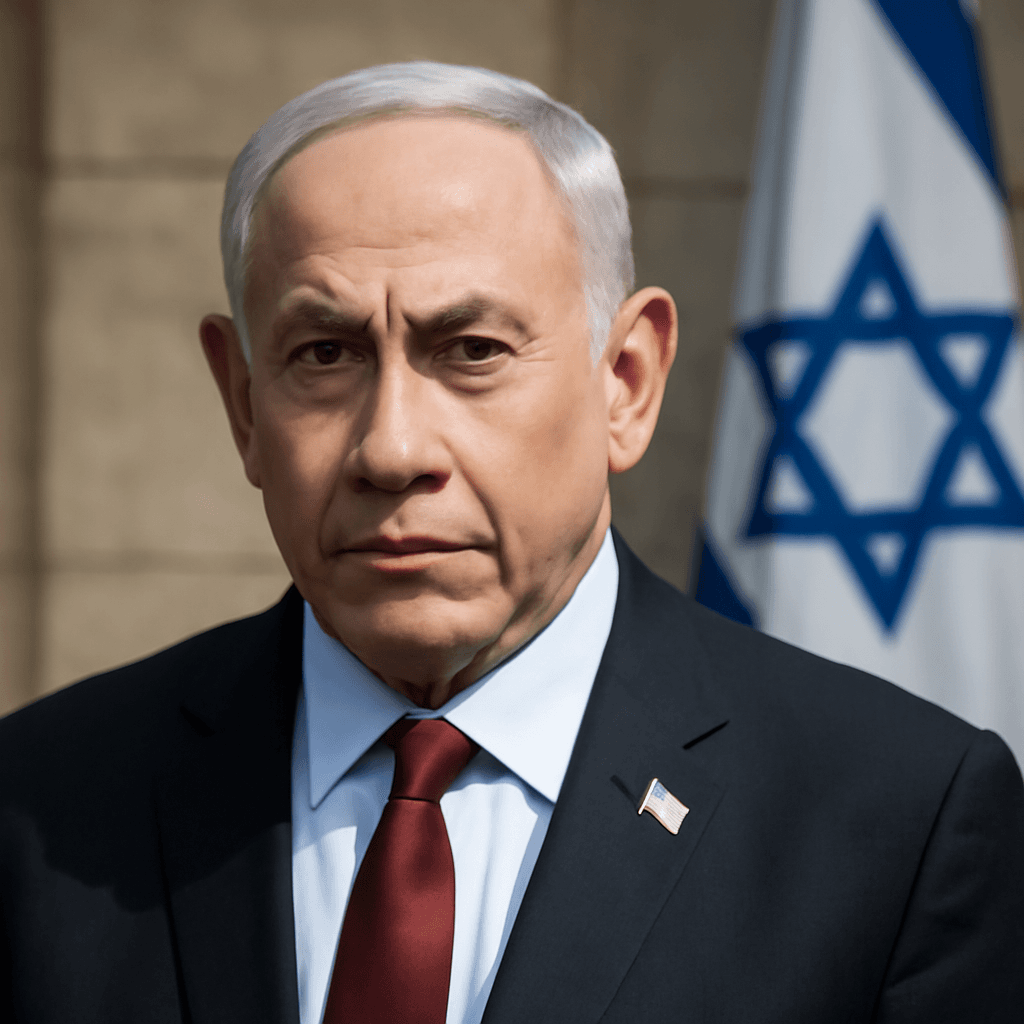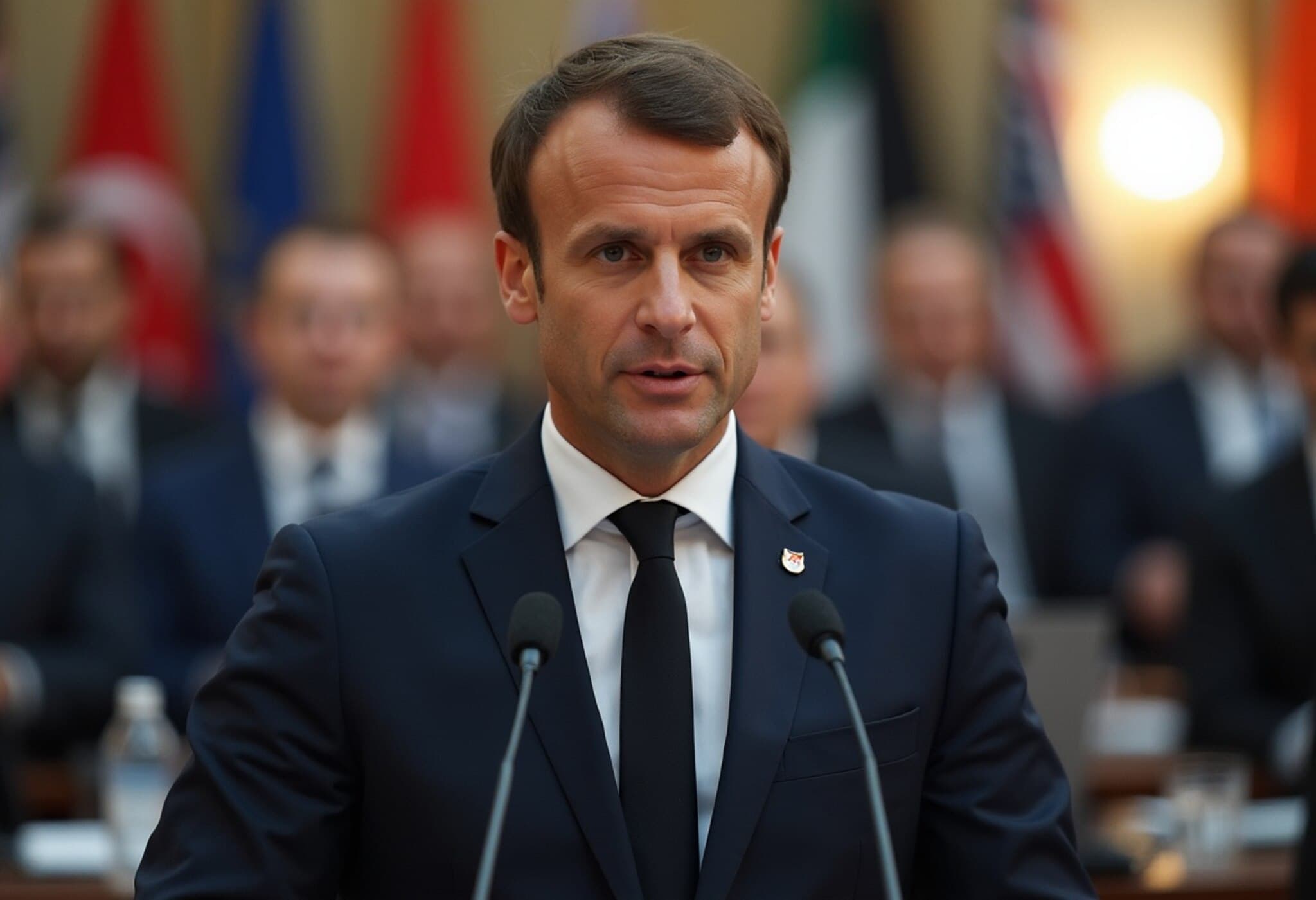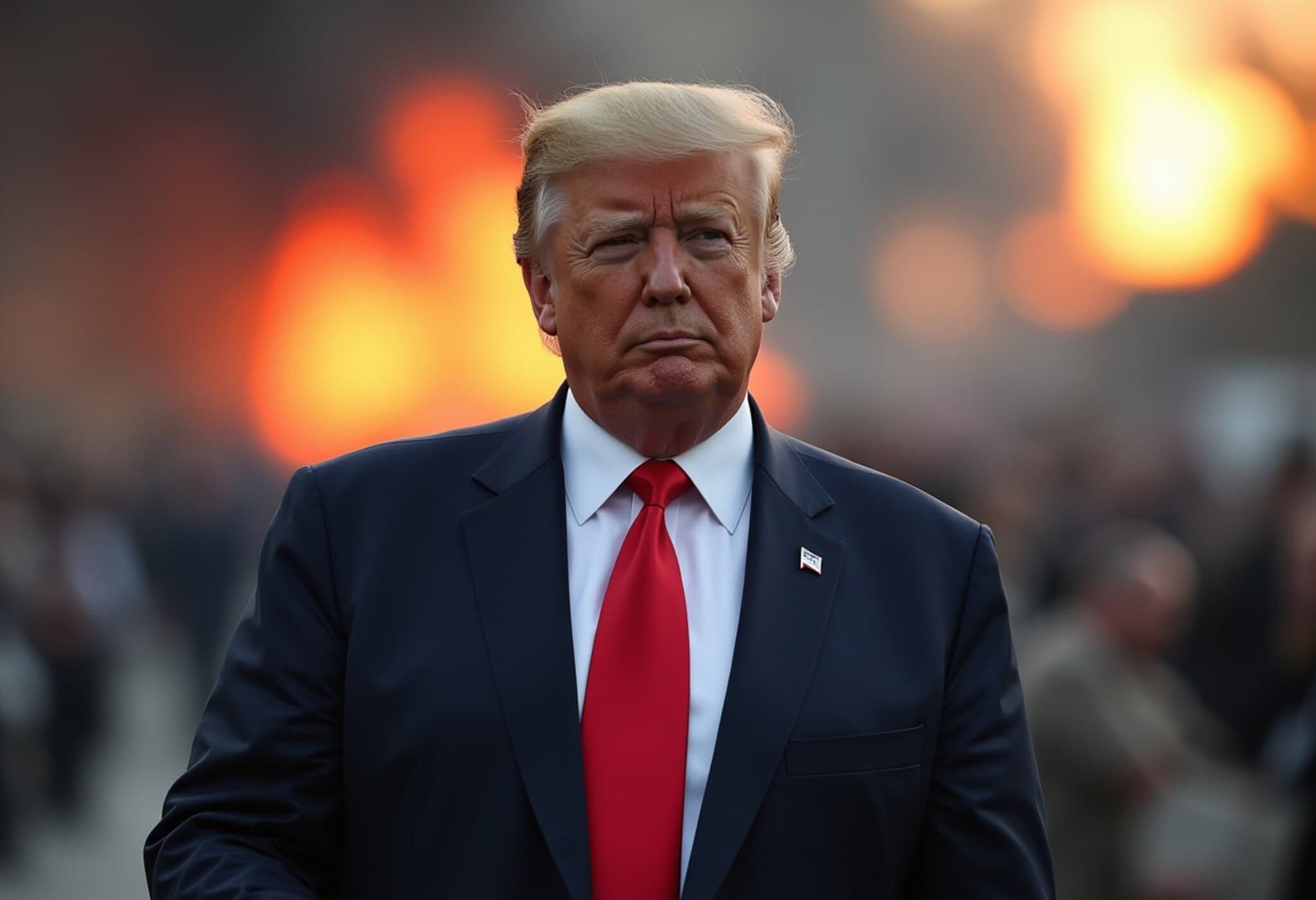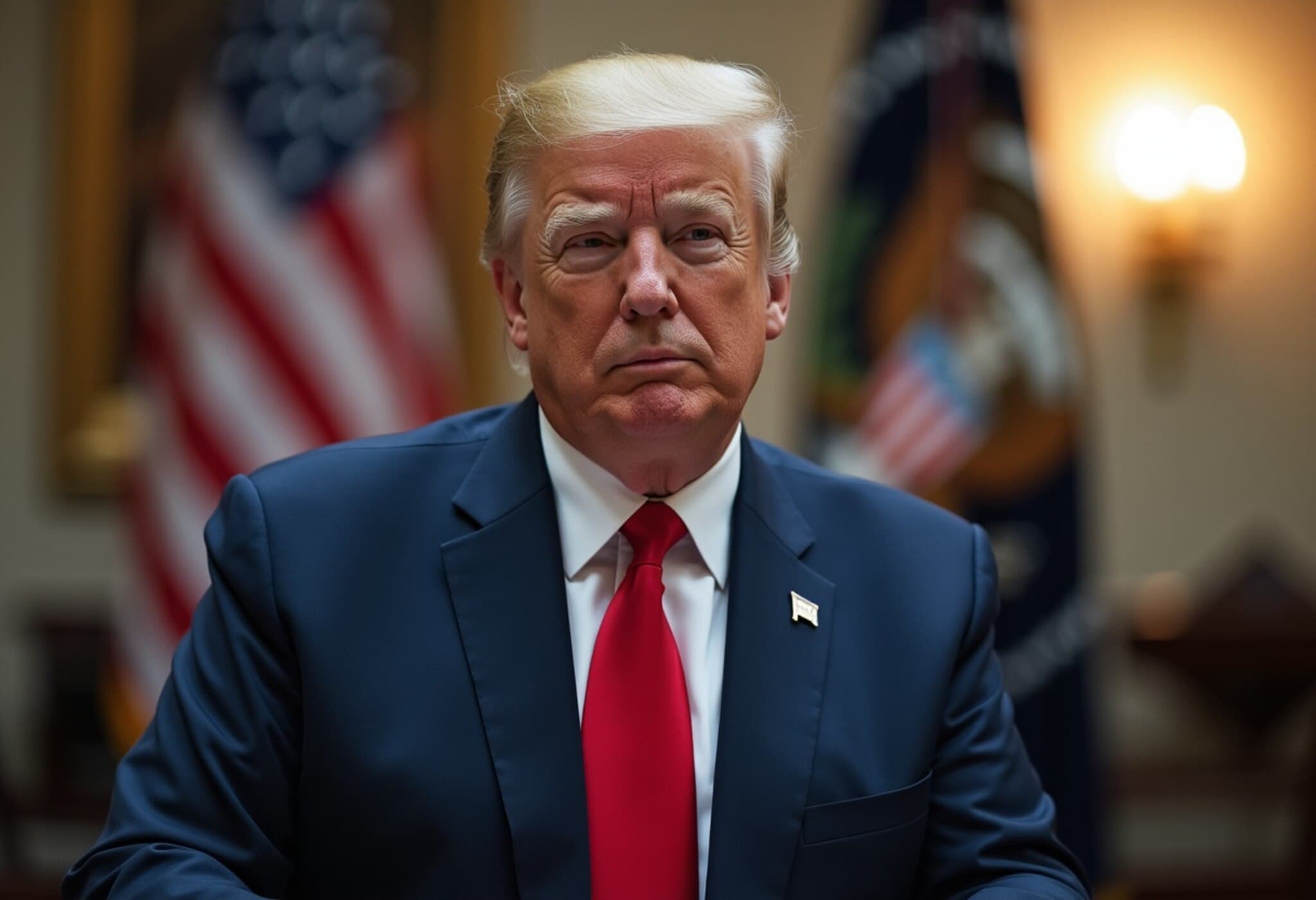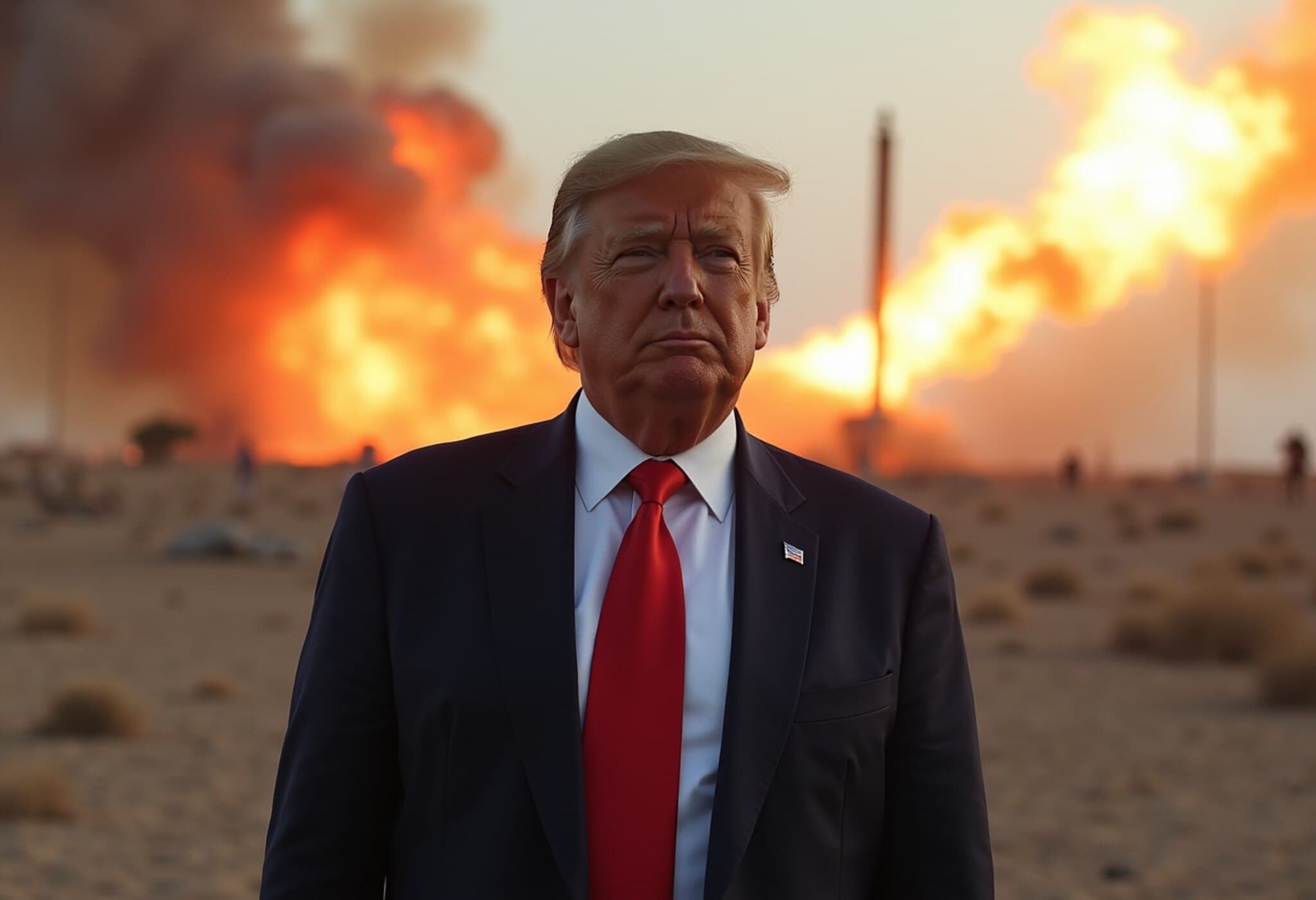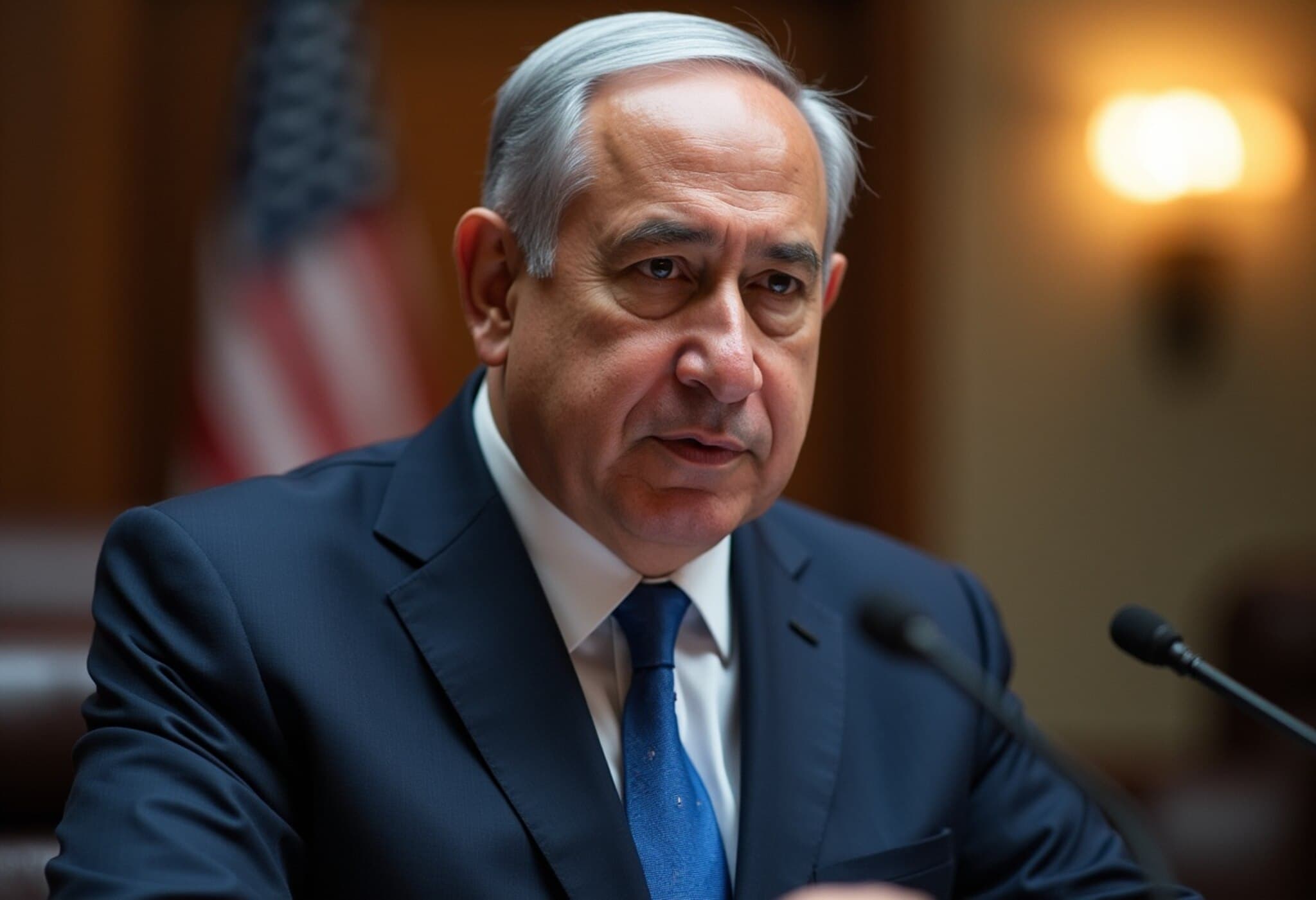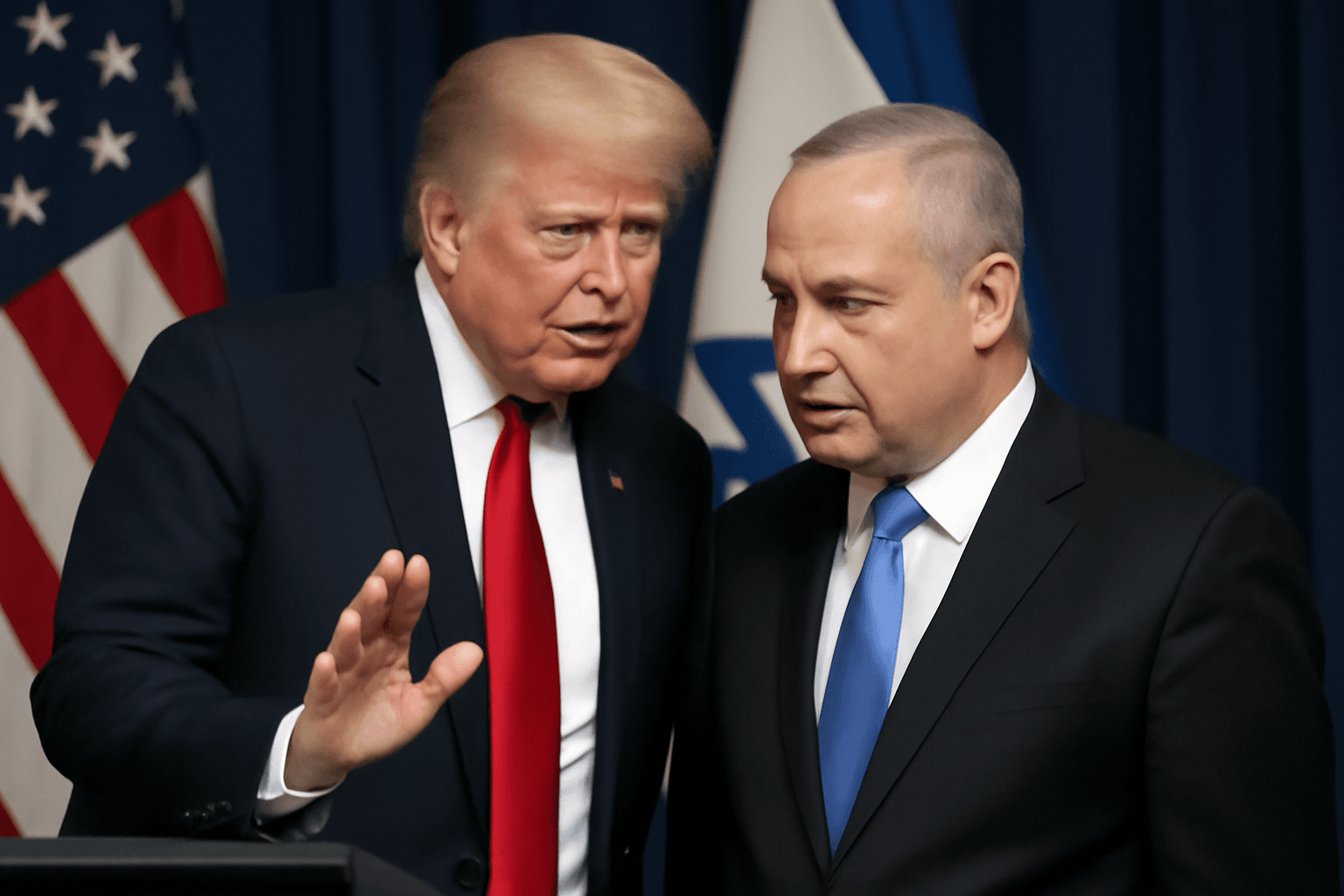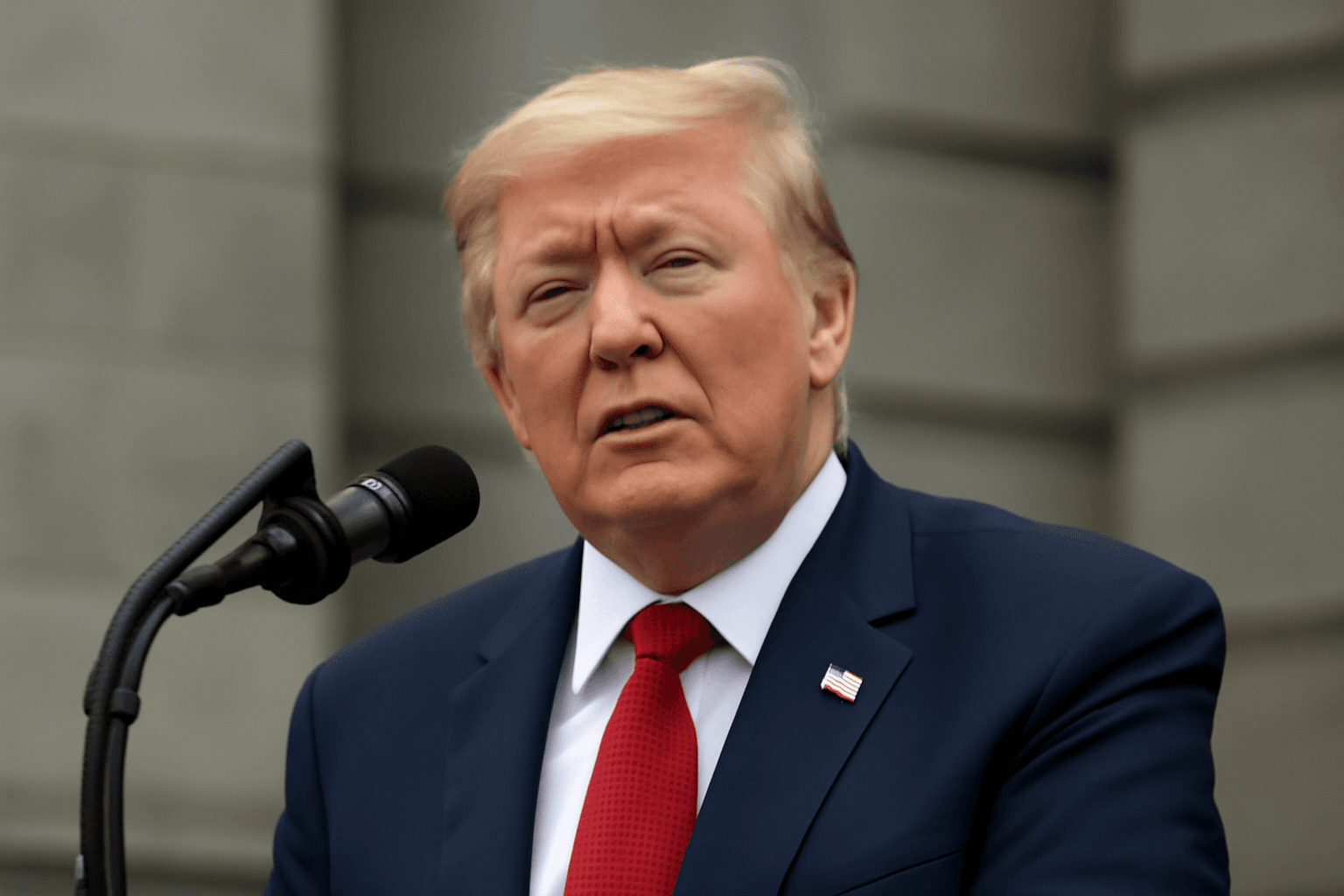Unfolding Surprises in the Iran Conflict
The recent developments in the Iran conflict have unveiled a series of unexpected twists, highlighting the unpredictable nature of warfare in such volatile regions.
From Peacemaker to Military Action
Initially celebrated for his claims of brokering peace worldwide, the U.S. President notably shifted course. While campaigning, he promised to end endless foreign conflicts, winning applause for pledges to unite efforts towards peace. However, by late June, frustration with stalled negotiations led to a dramatic pivot.
After failed attempts to engage Tehran on its nuclear ambitions, the administration authorized a strike involving stealth bomber jets targeting Iranian nuclear facilities. This decision marks a stark transition from diplomacy to direct military intervention.
The Ambiguity of U.S. Intentions
In the days leading up to aerial assaults, Washington exhibited considerable uncertainty. Despite Israel's assertive calls for alliance in confronting Iran, official responses were mixed. Evacuation warnings for Tehran were issued but soon followed by ambiguous statements about potential action.
Attempts to secure a two-week consideration period ultimately gave way to decisive strikes after Iran’s leadership showed no signs of conceding to diplomatic efforts.
Israel's Surprise Air Superiority
The conflict intensified following Israel’s "Operation Rising Lion," launched on June 13. Over a dozen Israeli jets struck key Iranian nuclear and military targets, including the critical uranium enrichment site at Natanz. The operation also dismantled missile depots and air defense installations.
This complex campaign, reportedly supported by covert drone operations, established Israeli air superiority—a feat underscoring Israel's tactical edge over Iran’s advanced missile defenses and hypersonic systems. Such dominance contrasts with other prolonged regional conflicts where air control remains contested.
Markets Remain Steady Amid Turmoil
Despite the escalating conflict, global financial markets, notably the S&P 500 and Nasdaq Composite, have shown remarkable resilience with only slight dips since the attacks. In the U.S., indices opened and closed within close ranges through mid to late June.
Similarly, analysts in India predict a limited impact on domestic markets, although uncertainty lingers regarding Iran’s possible retaliatory measures and the corresponding international responses.
What’s Next for the Region?
With tensions rising, all eyes are on Tehran’s next move. A forceful military retaliation could escalate the conflict further, while a muted response risks internal discontent among Iran's leadership. The situation remains fragile and verdicts on the conflict's trajectory are pending.
Meanwhile, the complex geopolitics continue to play out, with Iran’s isolation deepening even as it inadvertently bolsters narratives portraying Israel as a besieged nation.





